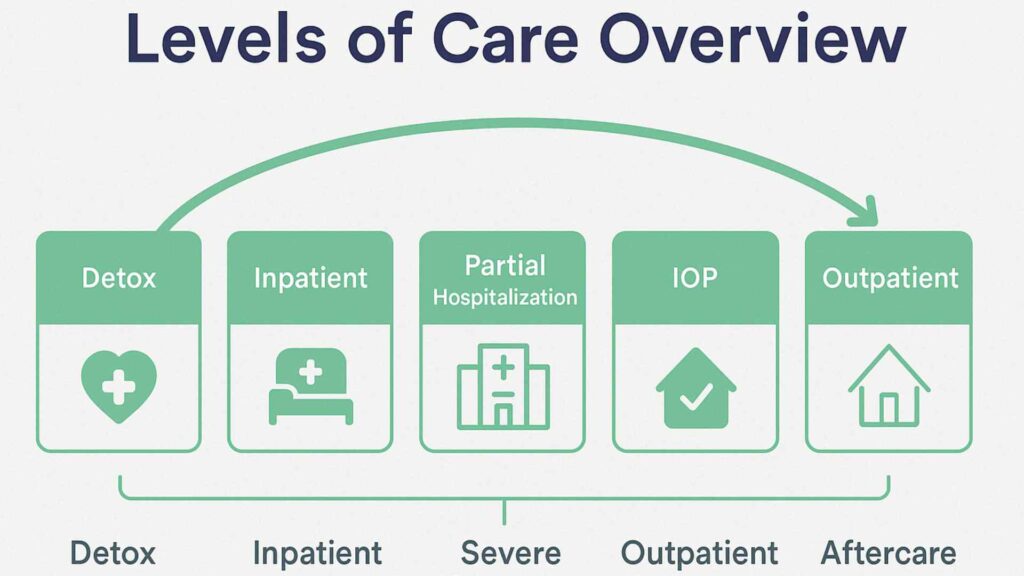Addiction affects millions of people worldwide and poses significant challenges for individuals, families, and communities. While it is often viewed simply as a matter of willpower or choice, addiction is actually a complex condition influenced by a variety of factors. Understanding the root causes of addiction is crucial for developing effective prevention and treatment strategies.
Below, we explore ten causes that contribute to the development of addiction, shedding light on why some individuals are more vulnerable than others.
Genetic Predisposition
Research shows that genetics plays a significant role in addiction, accounting for approximately 40-60% of an individual’s vulnerability. Specific genes can influence how a person’s brain responds to substances, affecting their likelihood of developing dependence. While genetics increases risk, it interacts with environmental factors to determine overall susceptibility.
Seeking professional addiction treatment can be a vital step toward breaking the cycle and building a healthier, more stable future. With the right support system, whether from family, community, or care providers, your recovery becomes a shared journey rooted in connection, resilience, and renewed purpose.
Early Childhood Trauma
Experiencing trauma such as physical, emotional, or sexual abuse, neglect, or parental substance abuse during childhood can profoundly impact brain development. These adverse experiences often lead to long-lasting emotional and psychological challenges, increasing the chances of turning to substances as a coping mechanism later in life.
Mental Health Disorders
Many people struggling with addiction also face mental health issues like depression, anxiety, PTSD, or personality disorders. These conditions often co-occur with substance use, as individuals may use drugs or alcohol to self-medicate symptoms, which can quickly spiral into addiction without proper treatment.
Environmental Influences
Growing up in an environment where drug use is common can normalize substance abuse and increase exposure and access to addictive substances. Family habits, community norms, and socioeconomic factors all contribute to shaping attitudes toward drugs and can significantly influence the risk of addiction.
Peer Pressure
Especially during adolescence, the desire to fit in with friends and social groups can lead to experimentation with drugs and alcohol. Peer influence is a powerful factor that can encourage initial use and continued substance abuse, often before individuals fully understand the risks involved.
Lack of Family Involvement
Weak family bonds, lack of parental supervision, and inconsistent discipline can leave individuals more vulnerable to substance use. Supportive family relationships often serve as protective factors, while their absence can increase the likelihood of turning to drugs or alcohol as a source of comfort or escape.
Early Substance Use
The earlier a person begins using drugs or alcohol, the higher their risk of developing addiction. During adolescence, the brain is still developing, making it more susceptible to the harmful effects of substances. Early use often leads to more severe and long-lasting substance use disorders.

Method of Administration
How a drug is taken affects its addictive potential. Smoking or injecting drugs delivers them rapidly to the brain, producing an intense and immediate effect that increases the likelihood of addiction. In contrast, swallowing or snorting drugs generally results in slower absorption and a lower risk of dependence.
Stress and Coping Mechanisms
Chronic stress and inadequate coping skills can drive individuals to use, or continue using, drugs or alcohol as a way to manage emotional pain or difficult life circumstances. Without healthy coping strategies, substance use can become a habitual method of relief, leading to addiction over time.
Availability and Accessibility
Easy access to addictive substances, whether through prescription medications or illegal drugs, significantly increases the risk of misuse and addiction. The widespread availability of opioids, for example, has been a major factor fueling the current opioid epidemic and related overdose deaths.
Seeking Addiction Treatment
Overcoming addiction is a complex process that often requires a strong support system and access to effective treatment programs. Research has shown that patients with higher levels of social support had better treatment outcomes and lower rates of relapse compared to those with limited support.
Recognizing the importance of a supportive environment and access to quality treatment is crucial for achieving lasting recovery from addiction.
Final Thoughts from Abundance Treatment
Addiction is a multifaceted disorder with various contributing factors. Understanding these risk factors is crucial for developing effective prevention and treatment strategies.
Abundance Treatment offers compassionate, structured, and evidence-based addiction treatment tailored to both adults and youth. Whether navigating the challenges of adolescence or managing the complexities of adult life, our person-centered programs in Ohio equips individuals of various age groups with the essential skills needed for lasting recovery and long-term well-being.





































